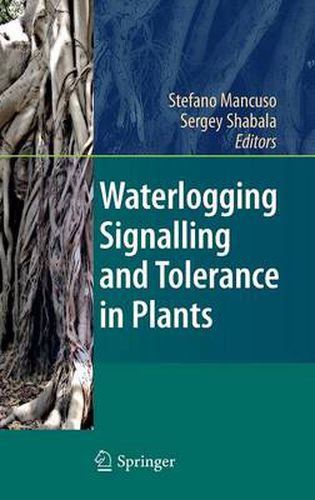Readings Newsletter
Become a Readings Member to make your shopping experience even easier.
Sign in or sign up for free!
You’re not far away from qualifying for FREE standard shipping within Australia
You’ve qualified for FREE standard shipping within Australia
The cart is loading…






This title is printed to order. This book may have been self-published. If so, we cannot guarantee the quality of the content. In the main most books will have gone through the editing process however some may not. We therefore suggest that you be aware of this before ordering this book. If in doubt check either the author or publisher’s details as we are unable to accept any returns unless they are faulty. Please contact us if you have any questions.
In the last half century, because of the raising world population and because of the many environmental issues posed by the industrialization, the amount of arable land per person has declined from 0.32 ha in 1961-1963 to 0.21 ha in 1997-1999 and is expected to drop further to 0.16 ha by 2030 and therefore is a severe menace to food security (FAO 2006). At the same time, about 12 million ha of irrigated land in the developing world has lost its productivity due to waterlogging and salinity. Waterlogging is a major problem for plant cultivation in many regions of the world. The reasons are in part due to climatic change that leads to the increased number of precipitations of great intensity, in part to land degradation. Considering India alone, the total area suffering from waterlogging is estimated to be about 3.3 million ha (Bhattacharya 1992), the major causes of waterlogging include super- ous irrigation supplies, seepage losses from canal, impeded sub-surface drainage, and lack of proper land development. In addition, many irrigated areas are s- jected to yield decline because of waterlogging due to inadequate drainage systems. Worldwide, it has been estimated that at least one-tenth of the irrigated cropland suffers from waterlogging.
$9.00 standard shipping within Australia
FREE standard shipping within Australia for orders over $100.00
Express & International shipping calculated at checkout
This title is printed to order. This book may have been self-published. If so, we cannot guarantee the quality of the content. In the main most books will have gone through the editing process however some may not. We therefore suggest that you be aware of this before ordering this book. If in doubt check either the author or publisher’s details as we are unable to accept any returns unless they are faulty. Please contact us if you have any questions.
In the last half century, because of the raising world population and because of the many environmental issues posed by the industrialization, the amount of arable land per person has declined from 0.32 ha in 1961-1963 to 0.21 ha in 1997-1999 and is expected to drop further to 0.16 ha by 2030 and therefore is a severe menace to food security (FAO 2006). At the same time, about 12 million ha of irrigated land in the developing world has lost its productivity due to waterlogging and salinity. Waterlogging is a major problem for plant cultivation in many regions of the world. The reasons are in part due to climatic change that leads to the increased number of precipitations of great intensity, in part to land degradation. Considering India alone, the total area suffering from waterlogging is estimated to be about 3.3 million ha (Bhattacharya 1992), the major causes of waterlogging include super- ous irrigation supplies, seepage losses from canal, impeded sub-surface drainage, and lack of proper land development. In addition, many irrigated areas are s- jected to yield decline because of waterlogging due to inadequate drainage systems. Worldwide, it has been estimated that at least one-tenth of the irrigated cropland suffers from waterlogging.